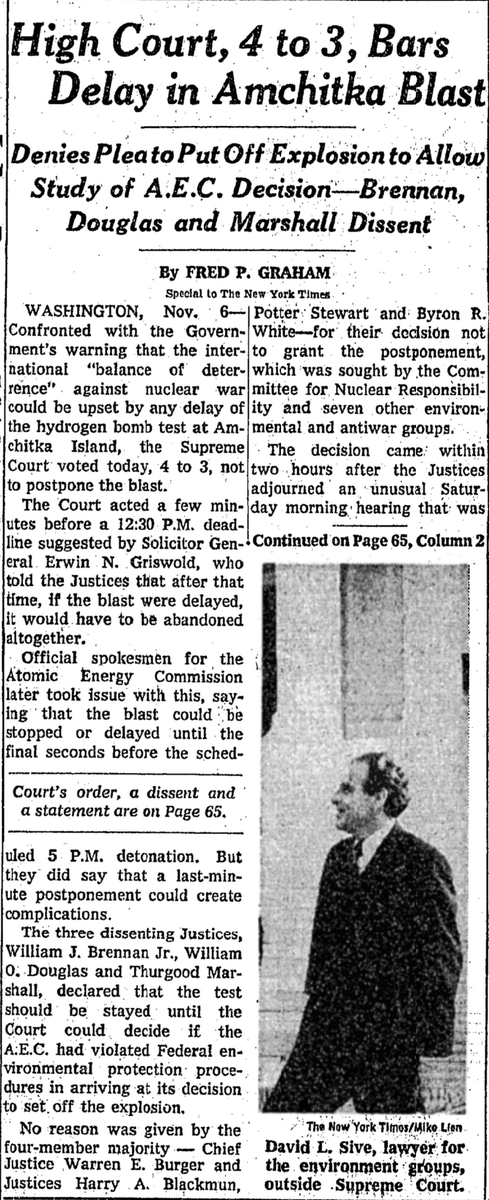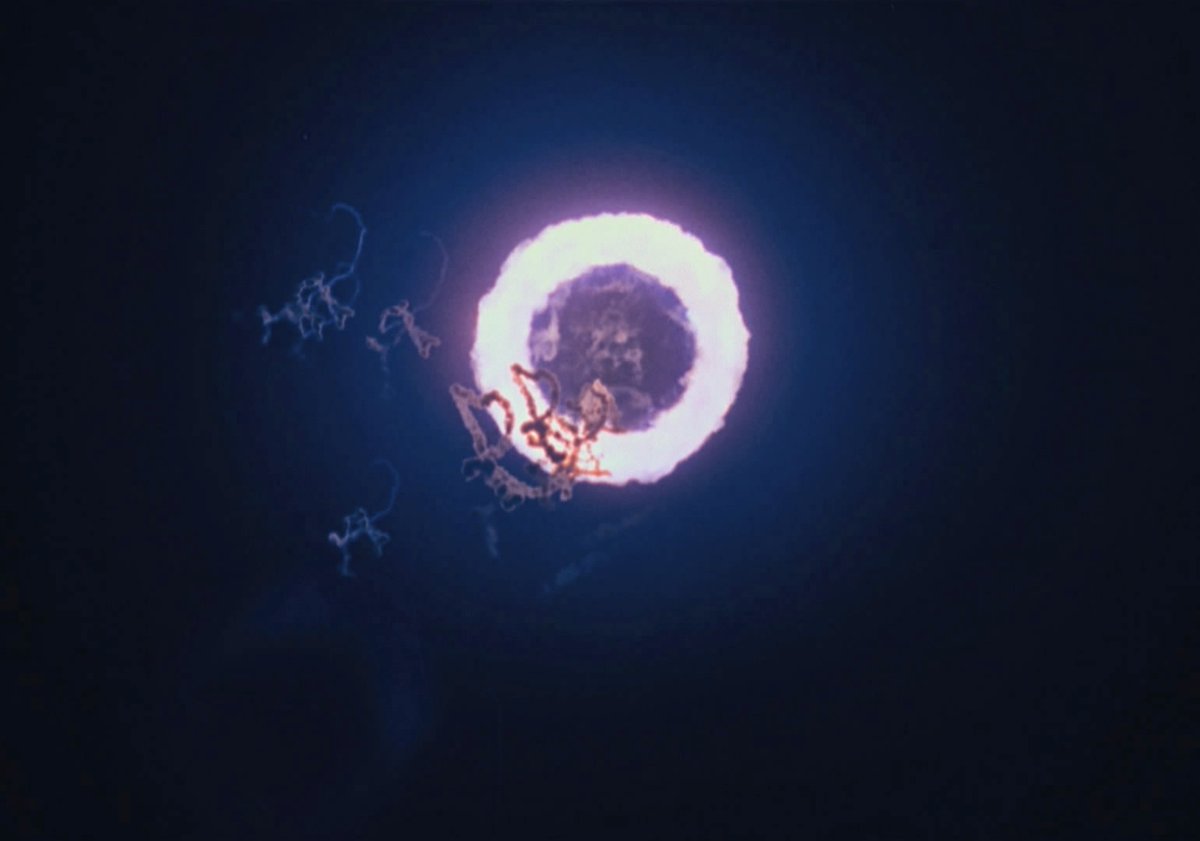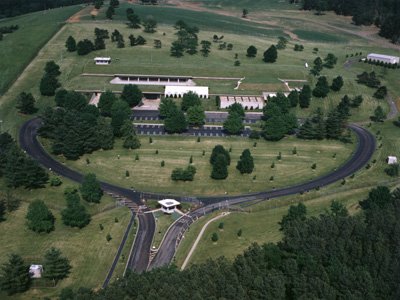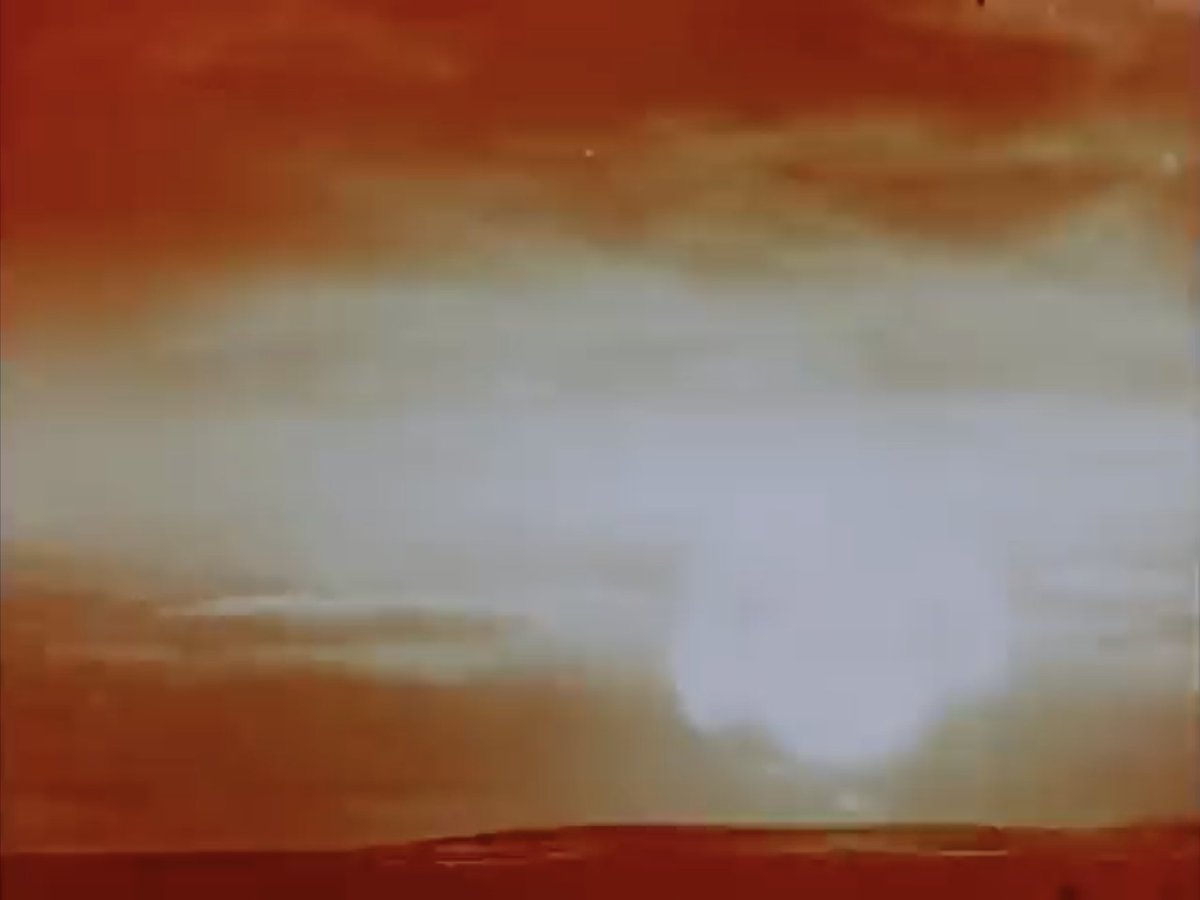
Today in 1958—Election Day—a B-47 bomber carrying one unspecified sealed-pit thermonuclear gravity bomb became engulfed in flames on takeoff and crashed from 1,500 feet on private land about 4.5 miles SW of Dyess AFB, near Abilene, Texas. Three crewmen ejected, one was killed. 


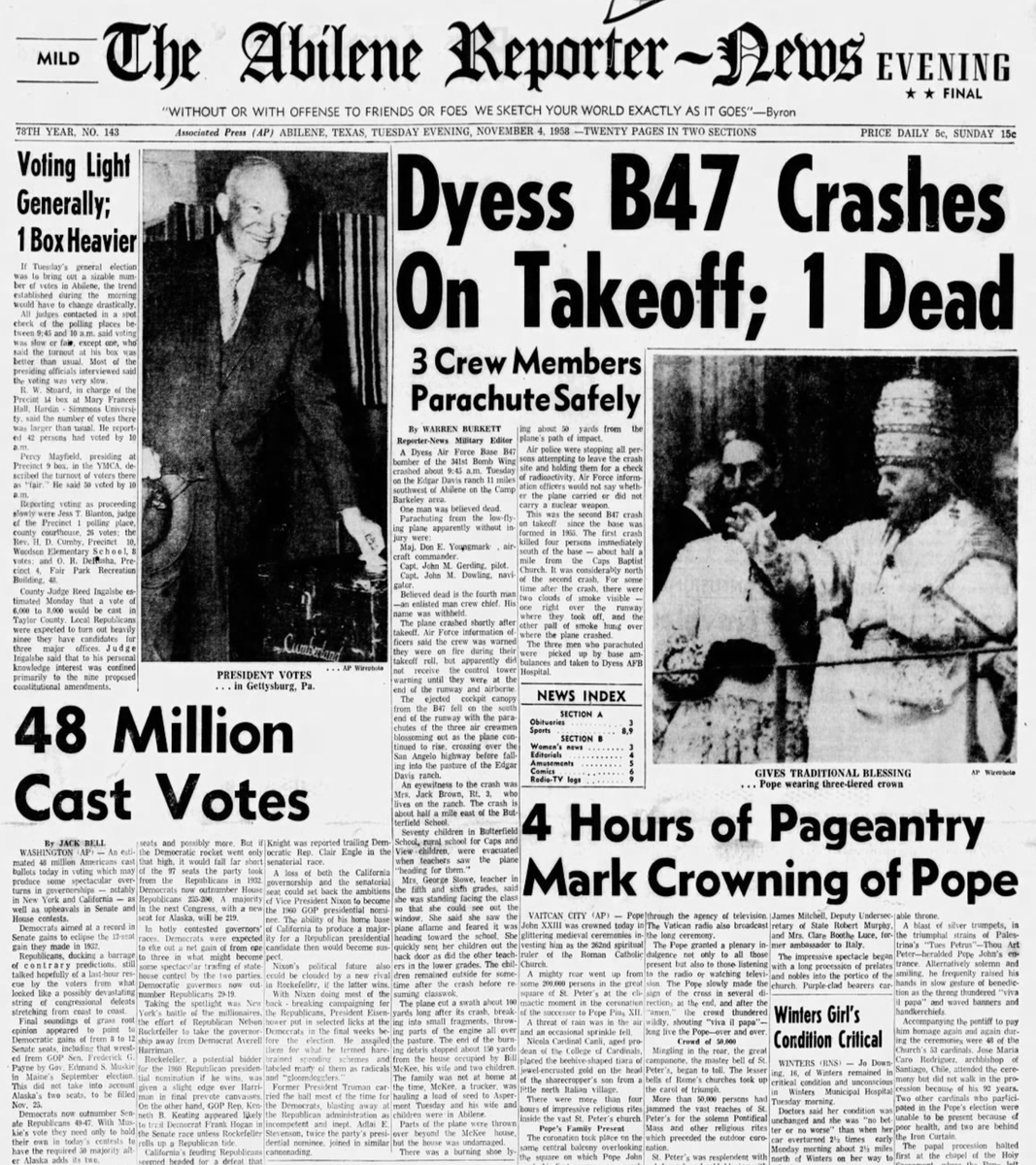
An explosion of one or more of the assisted-takeoff rockets attached to the fuselage caused the fire. The bomb's conventional high explosives detonated in the crash—the B-47 was "literally blown to bits" per a local reporter—leaving a crater 35 ft. in diameter and 6 ft. deep. 







The thermonuclear secondary was damaged but recovered intact, as was the tritium reservoir, which was leaking. The USAF publicly insisted there was "no harmful contamination," although that wasn't true. It only fully cleaned up residual uranium and lead contamination in 2011. 



This accident marked the first time the Air Force publicly confirmed a nuclear bomb was aboard one of its aircraft after it crashed, a fact the press took note of. It would not be the last time. 

• • •
Missing some Tweet in this thread? You can try to
force a refresh




